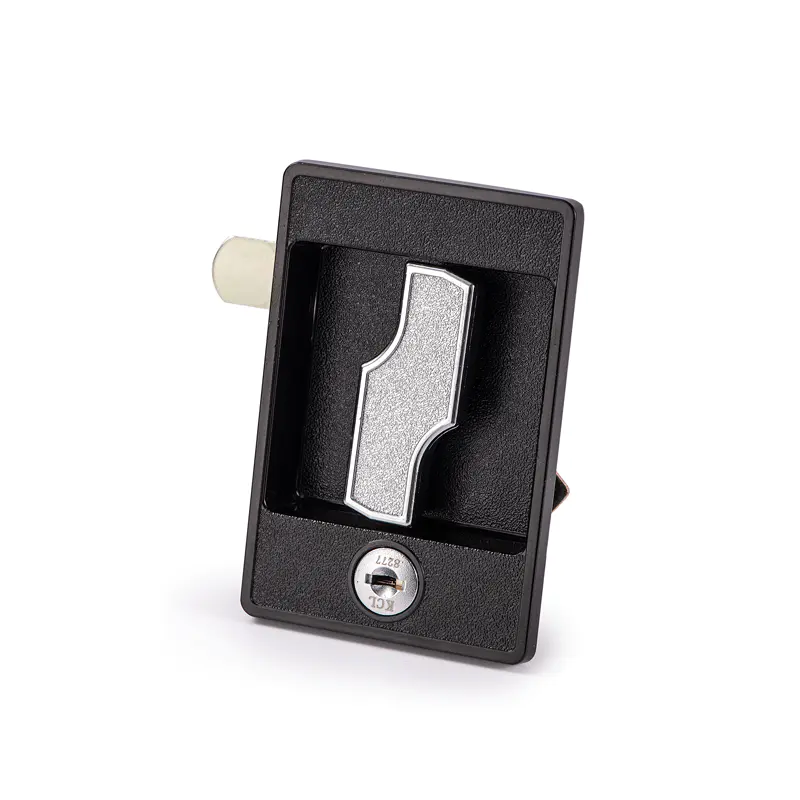Access Control: The inclusion of a locking mechanism in compact shelving systems fundamentally alters the dynamics of access control within the storage environment. It serves as the primary barrier against unauthorized entry, necessitating robust protocols for managing access privileges. This entails establishing clear criteria for determining who has access to the shelving units and implementing procedures for granting, revoking, and auditing access rights.
Convenience vs. Security: The selection of an appropriate locking mechanism requires a nuanced evaluation of the trade-offs between convenience and security. While advanced locking technologies offer enhanced security features such as biometric authentication or encryption, they may also introduce complexities in operation that could potentially hinder user convenience. Balancing these considerations involves conducting a thorough risk assessment to identify the specific security requirements and user preferences. User-centric design principles dictate that the chosen locking mechanism should strike a harmonious balance between robust security measures and user-friendly operation, minimizing friction while maximizing protection against unauthorized access.
Speed of Access: The efficiency of the locking mechanism directly influences the speed at which users can retrieve items from the shelving units. In high-volume storage environments where rapid access is paramount, the time required to unlock and access the shelving units becomes a critical factor in determining operational efficiency. Simple, intuitive locking mechanisms facilitate swift access, whereas complex or cumbersome systems may impede the retrieval process, leading to delays and productivity losses.
Integration with Workflow: The integration of the locking mechanism into existing workflows is essential to minimize disruption and maximize operational efficiency. Seamless integration entails aligning the design, functionality, and user interface of the lock with users' established workflows and operational routines. This may involve customizing the lock's settings to accommodate specific workflow requirements, such as timed access restrictions or user-defined access levels. Interoperability with other systems and technologies within the storage environment, such as inventory management software or security systems, enhances overall system functionality and streamlines user interactions.
Maintenance Needs: The long-term reliability and performance of the compact shelving lock hinge on proactive maintenance and upkeep. Regular inspection, lubrication, and calibration of the locking mechanism are essential to prevent mechanical wear and ensure optimal functionality. Establishing a comprehensive maintenance schedule, documenting maintenance activities, and promptly addressing any issues or malfunctions are integral components of effective lock maintenance practices.
Emergency Access: Contingency planning for emergency situations necessitates the implementation of robust procedures for facilitating rapid access to shelving units when needed. This may involve incorporating fail-safe mechanisms, emergency override protocols, or alternative access methods to bypass the locking mechanism in critical scenarios such as fire emergencies or evacuation procedures. Ensuring that emergency access procedures are clearly documented, communicated, and regularly rehearsed empowers users to respond effectively to unforeseen events while safeguarding the integrity of stored materials and minimizing risk.
F402 LIGHTNING LOCK

Material: Zinc alloy shell, lock cylinder, knob, carbon steel lock piece.
Surface treatment: Shell black electrophoresis, lock cylinder chrome-plated.
Structure description: The key rotates 180° to control the opening and closing of the lock plate, and the lock plate rotates 45° to realize the opening function.


 English
English 中文简体
中文简体
















